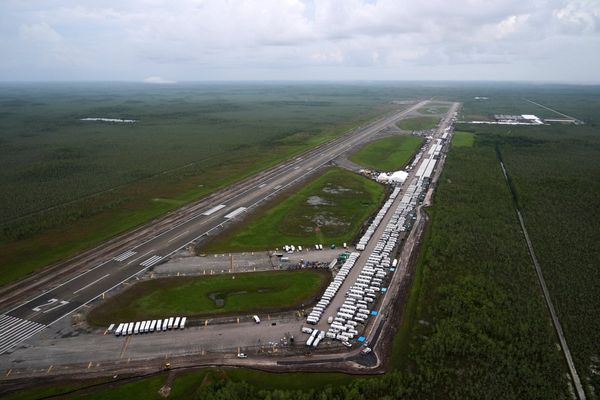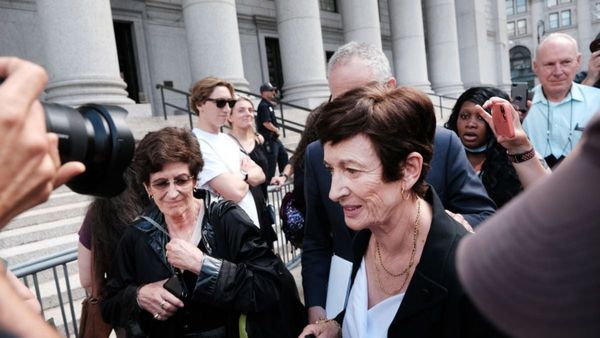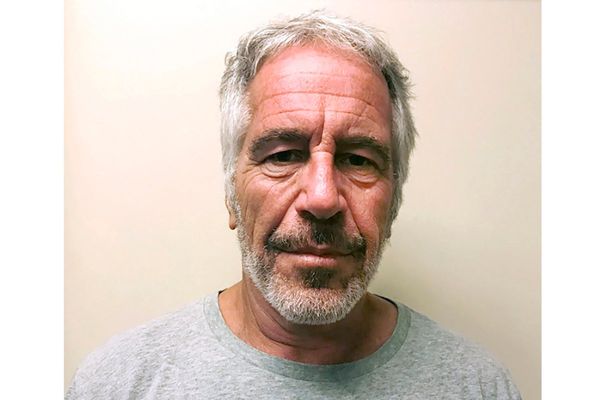
The aristocrat who owns the country manor Hatfield House has been forced to allow the general public to walk on part of his estate after the local council ruled that it was common land.
Earlier this year, the Marquess of Salisbury, Robert Gascoyne-Cecil, opposed an application by the Open Spaces Society (OSS) to register a 1.8-hectare (4.45-acre) area of land on his estate as a common. Gascoyne-Cecil is a Conservative politician, once an MP and minister, and now sits in the Lords as a hereditary peer.
Hatfield House in Hertfordshire, which was built by Gascoyne-Cecil’s ancestor the 1st Earl of Salisbury in 1611, is one of the UK’s biggest country homes. Some of its gardens are open to the paying public, and prices to visit start at £8 for the day.

However, some land on the estate is now freely accessible after Hertfordshire county council granted a request to register it as common land. The area was determined to be common because it counts as “waste land of a manor” and under the law this means the public has access rights. The land, which comprises a mixture of grass, shrub and trees, has now been added to the common-land register, and the public has the right to walk there.
Although it is almost 4 miles (6km) from his home, Gascoyne-Cecil objected to the application.
Frances Kerner, the OSS’s commons re-registration officer, said: “I am delighted that the land at Wildhill Road has been added to the register of common land and that the public will be able to enjoy its beauty.
“Ironically, the marquess recently hosted Future Countryside, an important conference tasked with discussing the many challenges faced by people who live in, work in and visit the countryside. Disappointingly, the society was not invited to the conference, but we hope that any future events held by the organisation will include the society and others who champion access to our splendid countryside.”
In 1969, the land was provisionally registered as common but, according to the OSS, following an objection that year, the provisional registration was cancelled. It then was too late to register the land under the Commons Registration Act 1965.
However, the Commons Act 2006 reopened the opportunity to rescue lost commons. Under paragraph 4 of schedule 2 to the Commons Act 2006 the excluded land became eligible for re-registration. The application, made by the society, to register the land duly provided evidence that the excluded land is waste land of a manor, which means that it can be registered as common land. According to the OSS, waste land of a manor is land of poor quality, which the lord or lady of the manor could not cultivate, and under the law this has been counted as common land.
The council found that the tests in the 2006 Act had been met, and that the objection did not overcome these tests, and on that basis it amended the register.
Hatfield House and the marquess declined to comment.







